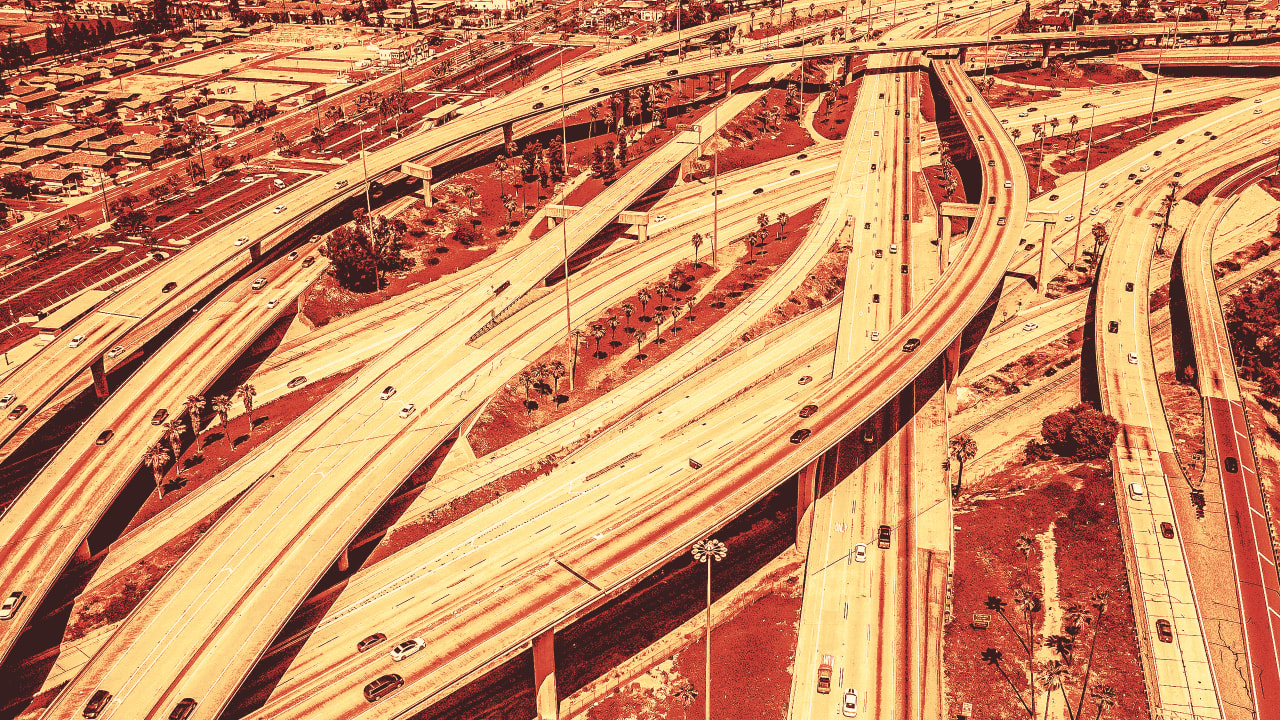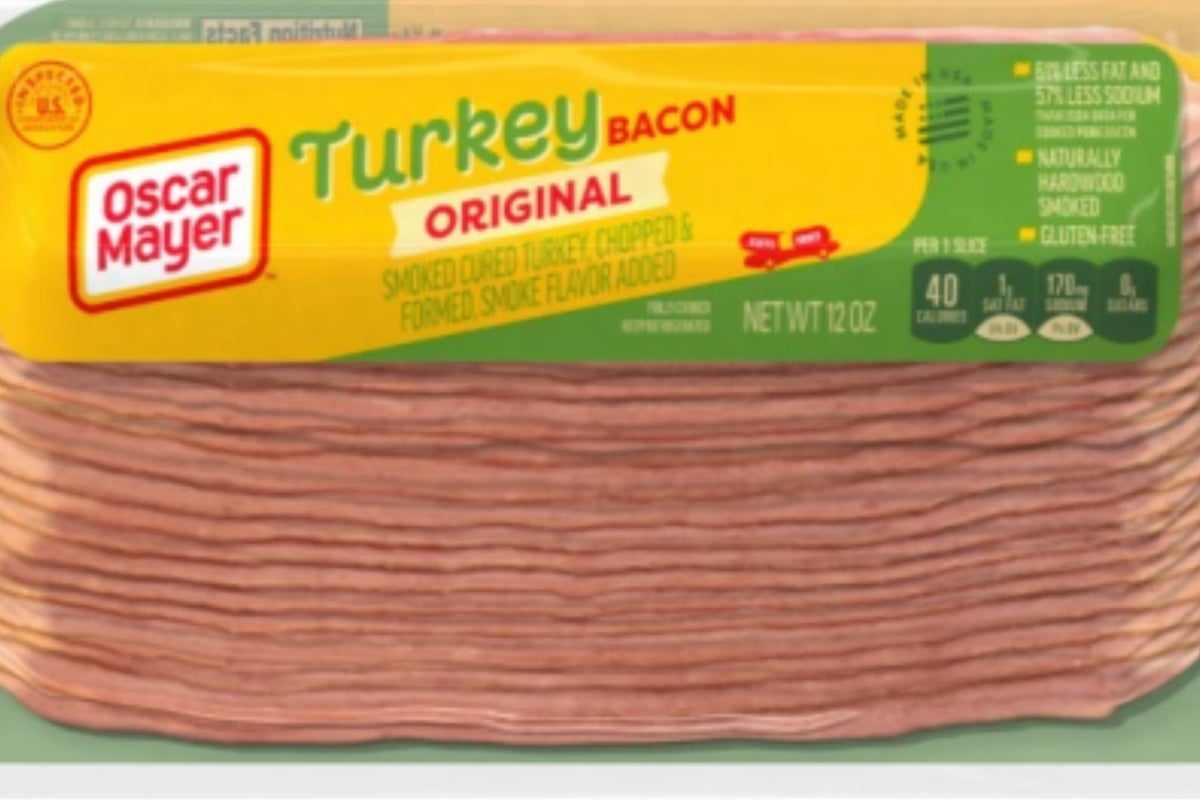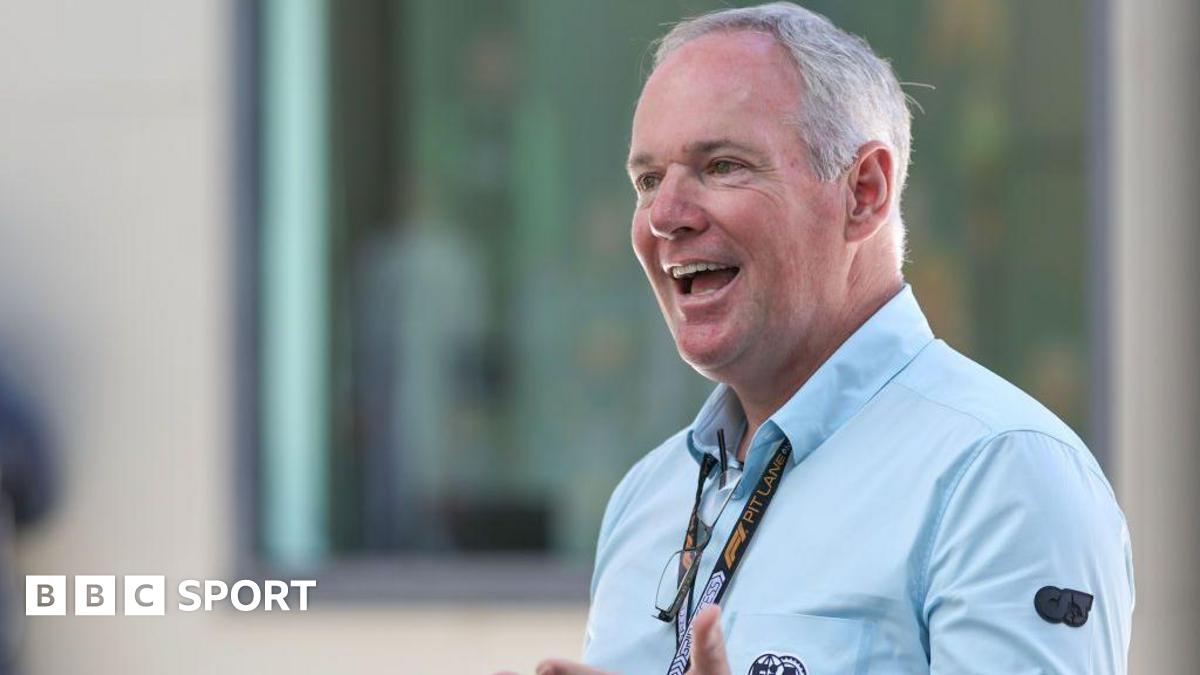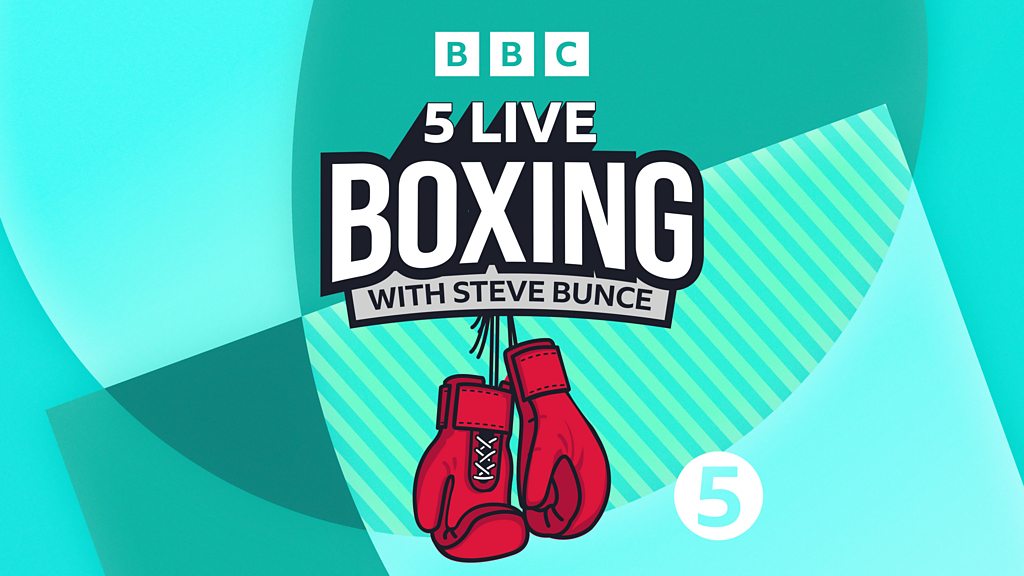The secret to good public policy is simplicity

“Plan for traffic jams, get traffic jams. Plan for human flourishing, get human flourishing.”
That’s not just some cheesy urbanism mantra, it’s behavioral science.
Human behavior is often just following the path of least resistance. Not necessarily because we’re lazy, but because our brains are wired to conserve effort. Psychologists will tell you that the more friction we encounter (physical, mental, or procedural) the less likely we are to continue the thing we’re doing.
The fox and the grapes
Aesop’s fable The Fox and the Grapes is a parable about decision-making. The fox can’t reach the grapes that are way up high on the vine, so he figures they must not be ripe. It’s where we get the phrase “sour grapes” to describe how someone rationalizes their poor reasoning. I came across a research study that applied Aesop’s fable.
Fifty-two participants judged the direction of moving dots on a screen by using handles in either hand. When researchers subtly increased resistance in one handle, participants unconsciously altered their judgments to favor the easier action. For example, adding resistance to the left handle made participants more likely to perceive the dots moving to the right, since moving the right handle was easier.
“Our brain tricks us into believing the low-hanging fruit really is the ripest,” neuroscience researcher Dr. Nobuhiro Hagura said. “We found that not only does the cost to act influence people’s behavior, but it even changes what we think we see.”
Dr. Hagura’s team found that bias occurred without participants realizing that one response required more effort. In other words, their brains recalibrated what felt right based on ease, not accuracy.
Unconscious decisions
People don’t read zoning ordinances. They don’t memorize bus schedules. They don’t have a photographic memory of where to find bike lanes. They don’t make pro/con lists before deciding whether to walk to the store or drive. Most daily decisions are unconscious. So if local government leaders want people to choose healthy, sustainable, socially beneficial behaviors, those behaviors have got to be the easiest ones to choose.
Unfortunately, most American towns and cities are built the opposite way. Walking your child to school often means dodging traffic, climbing over curbs, and waiting at unshaded intersections with no bench in sight. Riding a bike might mean taking a lane next to speeding trucks. Taking transit might mean waiting in the mud with no sidewalk or shelter. But hopping in a car? That’s easy. We’ve paved a deadly path of least resistance.
What’s doable, but requires some up-front energy by the expert planners and engineers, is to make safe and healthy choices as simple and intuitive by creating a system that nudges you in the right direction.
Organizing principles
Entrepreneurs often cite their one-line hook for a product or service as the key to staying focused. Urban planners, policy writers, and elected officials should steal this tactic. Every transportation plan, housing study, parking reform, or downtown revitalization effort could begin with a one-sentence purpose that’s clear, memorable, and anchored in human flourishing. That sentence becomes your compass when debate veers off course. For example:
- Our streets will be safe for 8-year-olds riding bicycles.
- We will eliminate policies that interfere with abundant housing.
- Cars are welcome on our streets, but they will move slowly.
- Townhouses should be legal in every neighborhood.
- Our residents should not be forced to drive to get around.
- Housing people is more important than housing cars.
- The bus should not be stuck in traffic.
These types of one-liners can be organizing principles, which is more powerful than empty slogans. If the plan, ordinance, or capital project doesn’t help achieve the one-sentence purpose, it’s off-mission. If it conflicts, it should be stopped.
People choose what’s easy, so make good urbanism easy. Make it the path of least resistance.
What's Your Reaction?
 Like
0
Like
0
 Dislike
0
Dislike
0
 Love
0
Love
0
 Funny
0
Funny
0
 Angry
0
Angry
0
 Sad
0
Sad
0
 Wow
0
Wow
0





























































































